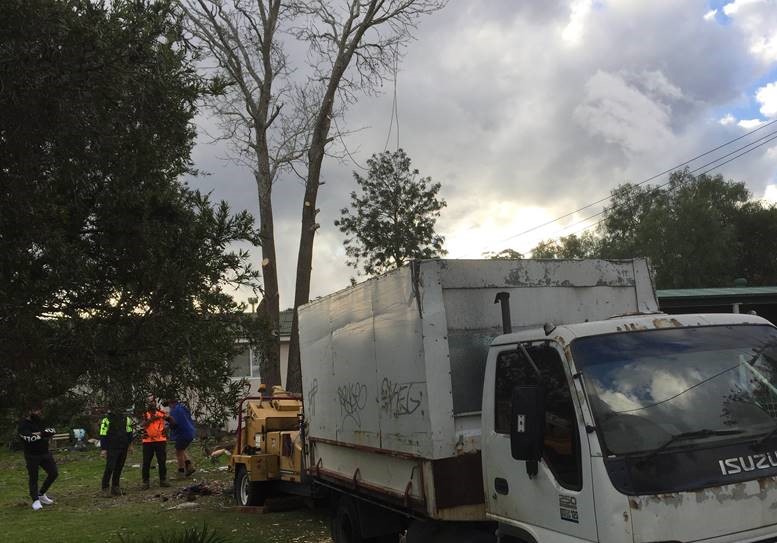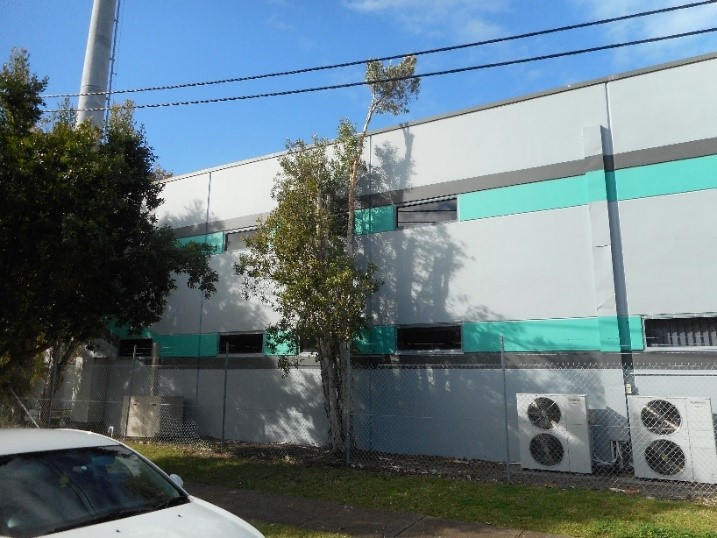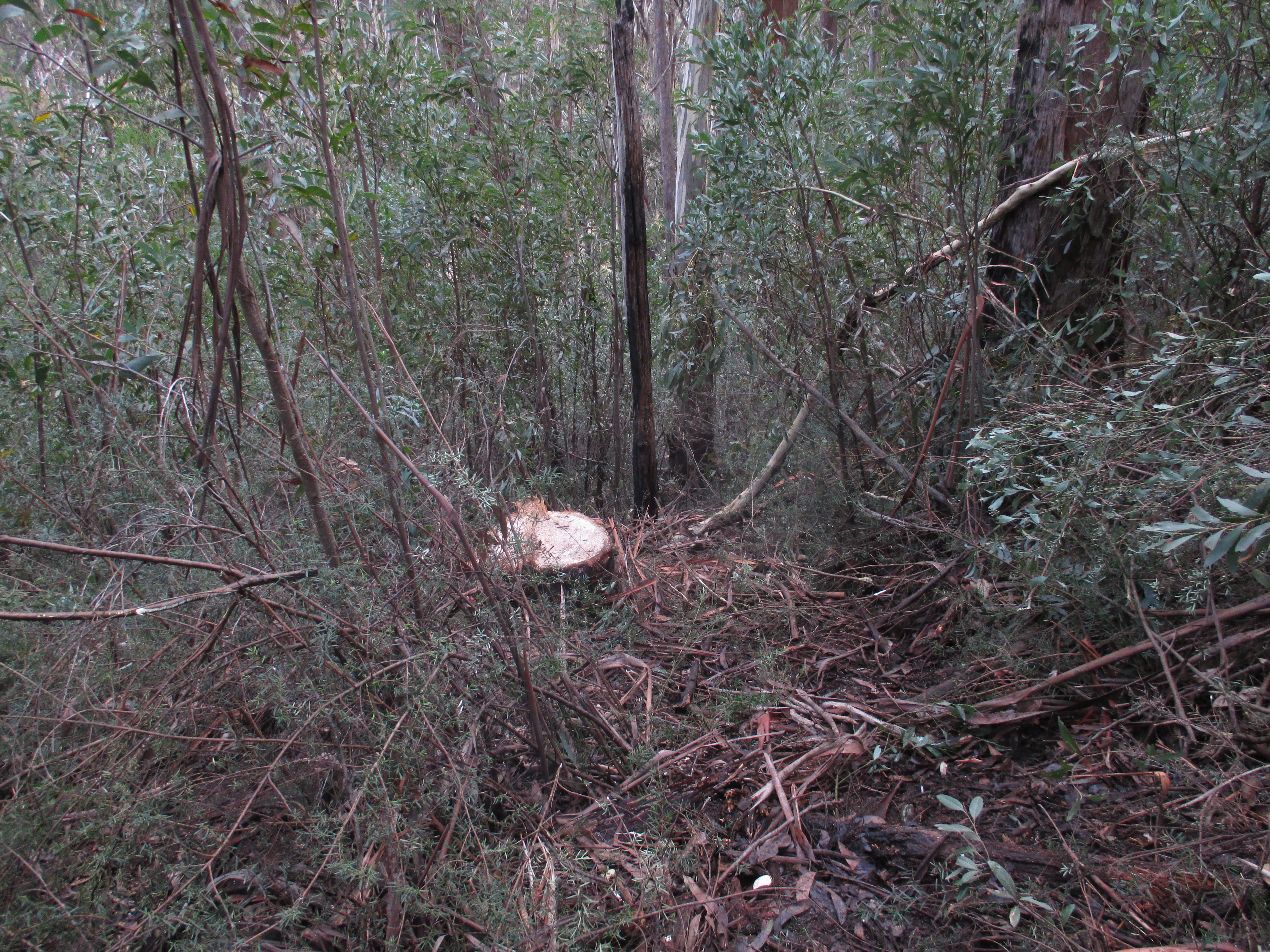Recent serious tree work incidents - May/June 2020
There have been four serious incidents involving tree work in NSW over the past five weeks. Every year, workers are seriously injured or killed while doing tree work.
Kosciuszko National Park
A 47-year-old worker suffered serious head and spinal injuries when a large branch pierced his helmet and knocked him to the ground as he was felling a tree in remote, steep terrain.
Kosciuszko scene
Wollongong
A tree worker suffered serious injuries after falling about eight metres while preparing to cut overhanging branches on a neighbouring property. He was wearing a work positioning harness with only one point of attachment - a flip line detached from the harness.
Hawkesbury
While doing tree work at a property in Wilberforce, a rope caught on a tree branch was pulled into a woodchipper. The rope was also looped around a worker’s leg and caused a serious leg injury. The worker’s son suffered head and facial injuries from material ejected from the chipper.

Wilberforce scene
Newcastle
An arborist suffered spinal injuries when he fell nearly five metres while pruning a paperbark tree using climbing techniques. His pole belt was attached to a vertical branch and climbing rope attached within a fork on the same branch, above his head. As he reached across to prune the branches, the climbing line loaded with his weight, and the branch snapped.

Newcastle scene
Safety information
Consider ‘reasonably practicable’ control measures to manage the risks associated with tree work.
Before tree work commences:
- make sure competent workers plan and prepare their work method after inspecting the site and assessing the trees for bark, dead branches, hollows, crown entanglement and the like
- consult with workers to determine the best control measures and document the safe work method to manage the risks
- train the workers in emergency rescue plans, including aerial rescue procedures
- make sure there are clear access routes, exclusion zones and traffic management plans
- consider using elevated work platforms (EWP) to minimise the risk of falls
- make sure workers can communicate with two-way radios, whistles or signal systems.
If a tree is not felled from the ground, conduct a site-specific risk assessment to help you decide the safest way of accessing the tree which may include the use of an EWP, a crane or climbing.
If you must climb a tree, make sure:
- you use a rope climbing system, secured somewhere in the tree, which can withstand the forces of a fall
- you have two points of attachment to the tree at all times, particularly while cutting or moving within the tree - use a flip line and a climbing rope.
For all types of tree work, make sure:
- you reassess and replan whenever new or unforeseen circumstances arise
- a spotter is used to alert the tree worker of any hazards using the agreed communication system
- plant and equipment are used according to the manufacturer’s recommendations - eg within gradient limitations and on firm ground
- workers are trained as frequently as necessary to remind them of the risks and controls.
When using a woodchipper:
- do pre-start checks to make sure everything works properly, including emergency stops and control bar
- make sure nothing is entangled in material before it’s fed into the woodchipper
- establish exclusion zones around the woodchipper
- keep unnecessary ropes away from the work area
- operate according to manufacturer’s instructions
- make sure there are always at least two competent workers who have specific training on the machine being used
- feed branches off the centre line - the operator feeding the branches into the woodchipper should do so from the side
- use a ‘push-stick’ at least 1.5 metres long to feed shorter material into the machine
- stop the rollers before reaching into the chute
- make sure it's never left unattended while operating.
